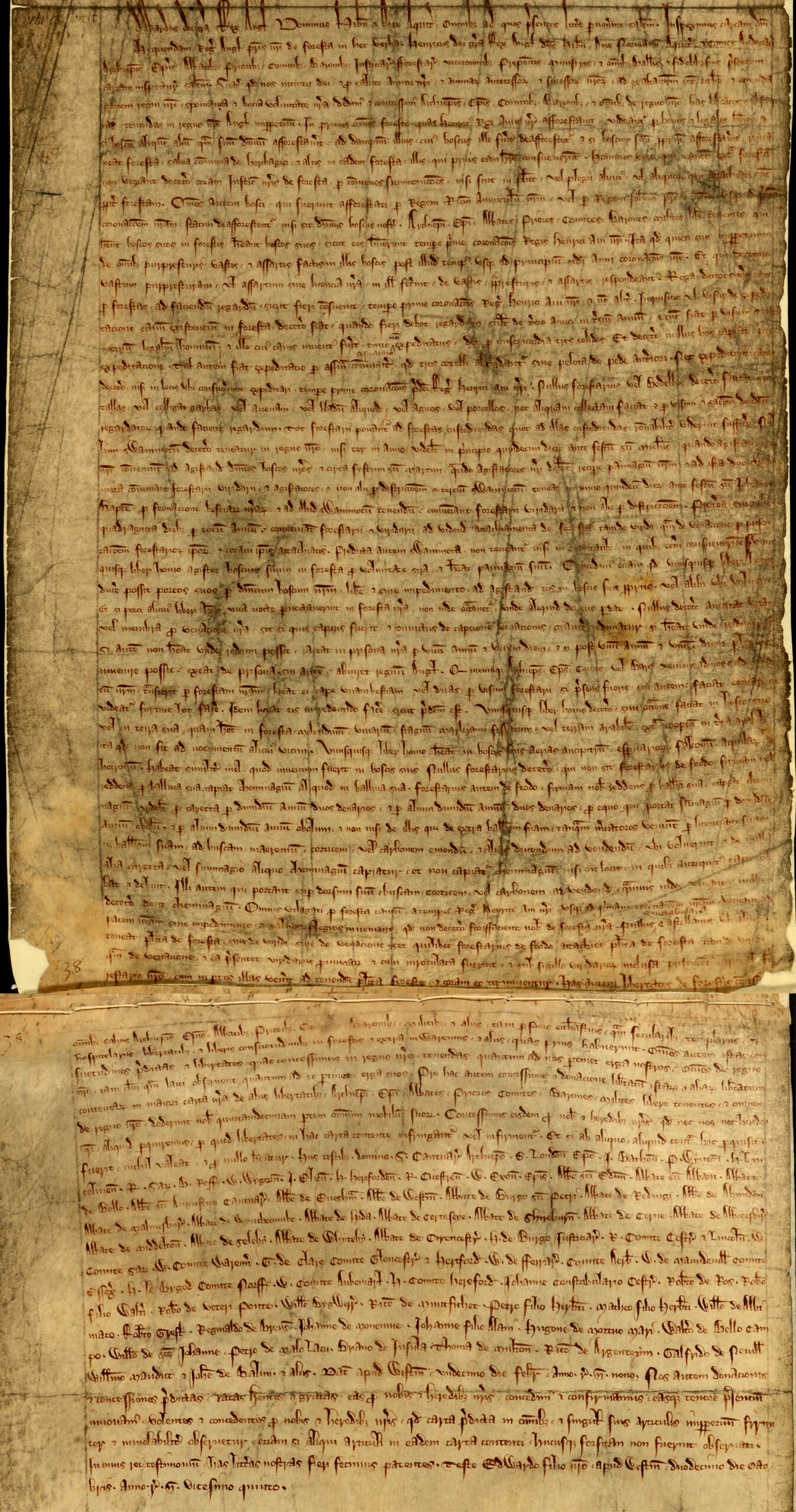- Forests are home to about 600 million indigenous people worldwide, along with 1.6 billion other people, many of whom are very poor and depend on forests for their daily needs.
 Sav Leat and Sal Klob lead the forest patrolling together with some young women and men in the community forest of Pa Tang village, Sesan Commune of Ratanakiri province, Cambodia. Photo by Savann Oeurm/Oxfam
Sav Leat and Sal Klob lead the forest patrolling together with some young women and men in the community forest of Pa Tang village, Sesan Commune of Ratanakiri province, Cambodia. Photo by Savann Oeurm/Oxfam
- The idea of setting aside land for hunting dates back to ancient civilizations like Assyria, Persia, and India. The word “forest” comes from Latin, meaning areas “outside” or “beyond.” Historically, forests were royal lands, not just areas with trees.
- In medieval times, peasants were often forced off their land, and new forestry laws were imposed, showing forests as controlled territories. The Forest Charter of 1216 by Henry II was a turning point, as it recognized local people’s rights within forests.
 Charter of the Forests script. Source: The National Archives
Charter of the Forests script. Source: The National Archives
- The story of Robin Hood represents the common people’s resistance to the royal takeover of their lands for the king’s benefit.

Illustration of Robin Hood. Source: Jonathan Gordon
- Over time, forests changed from royal lands to resources for state industries like railways and mining. Forestry laws often caused conflicts between rural communities and authorities.
 Excavators at a nickel mine in Morowali Regency, Central Sulawesi, Indonesia, in March. Photographer: Dimas Ardian/Bloomberg
Excavators at a nickel mine in Morowali Regency, Central Sulawesi, Indonesia, in March. Photographer: Dimas Ardian/Bloomberg
- European forestry practices, introduced during colonial times, limited indigenous peoples’ rights and helped logging industries, worsening inequalities, corruption, and marginalization of local communities.